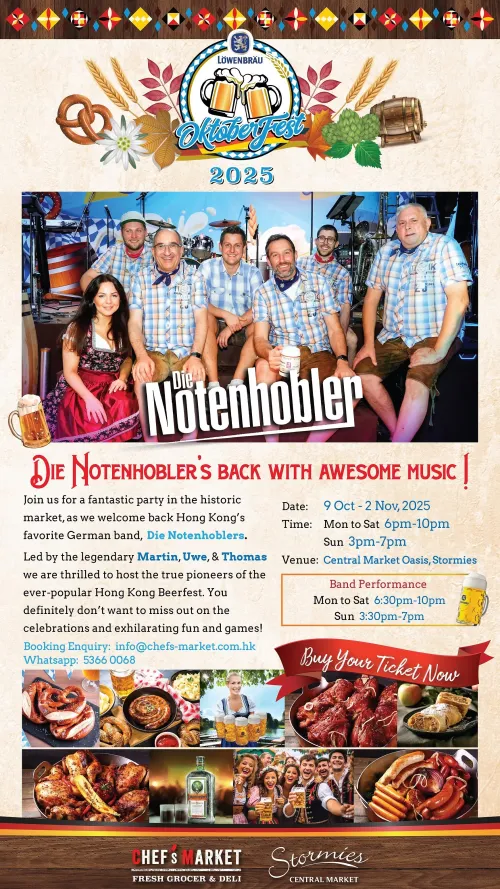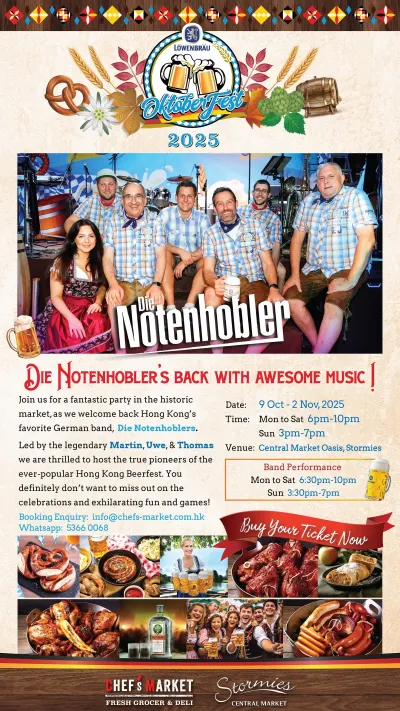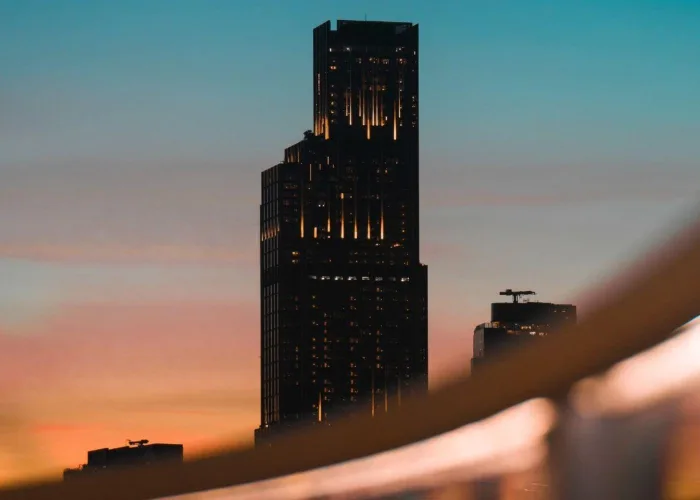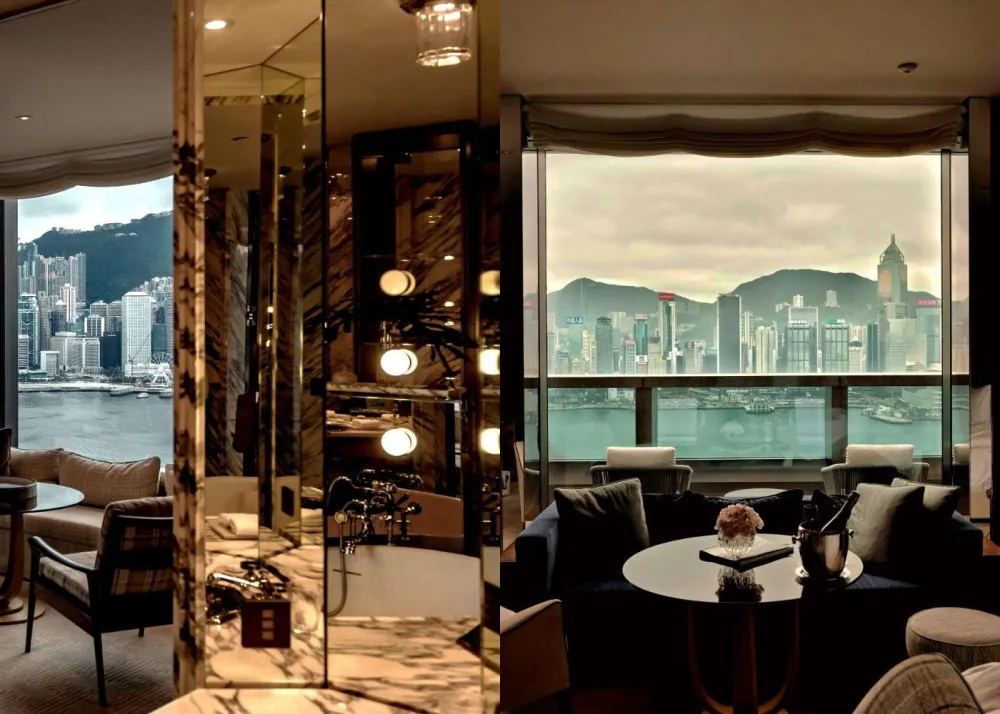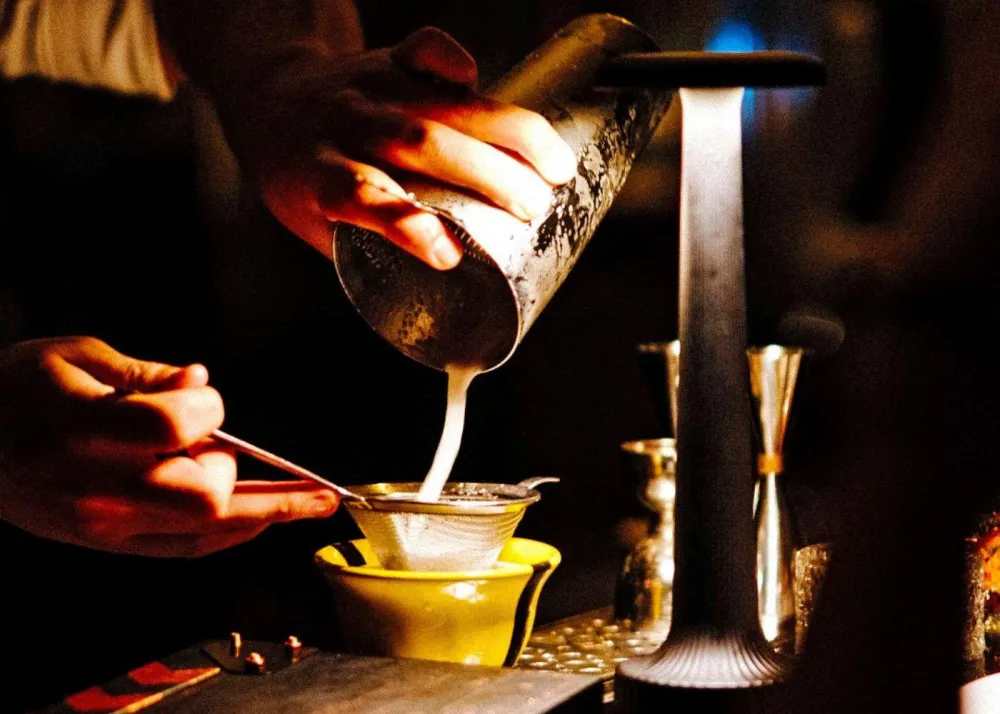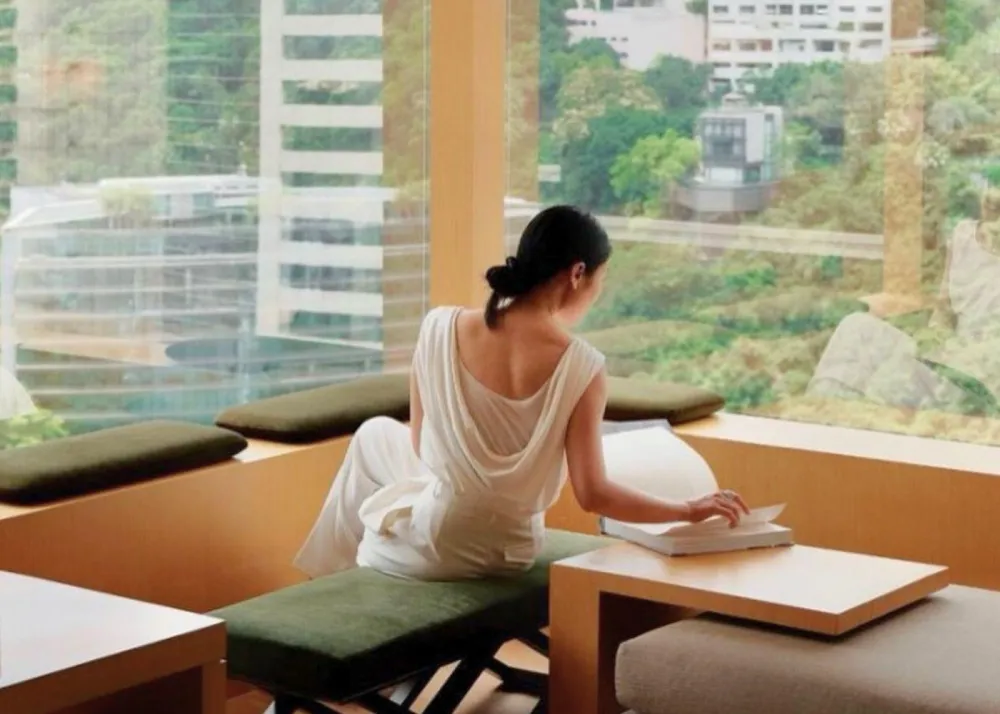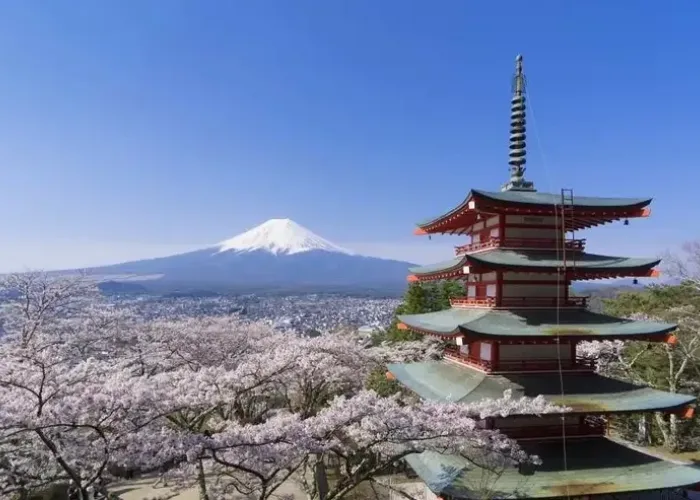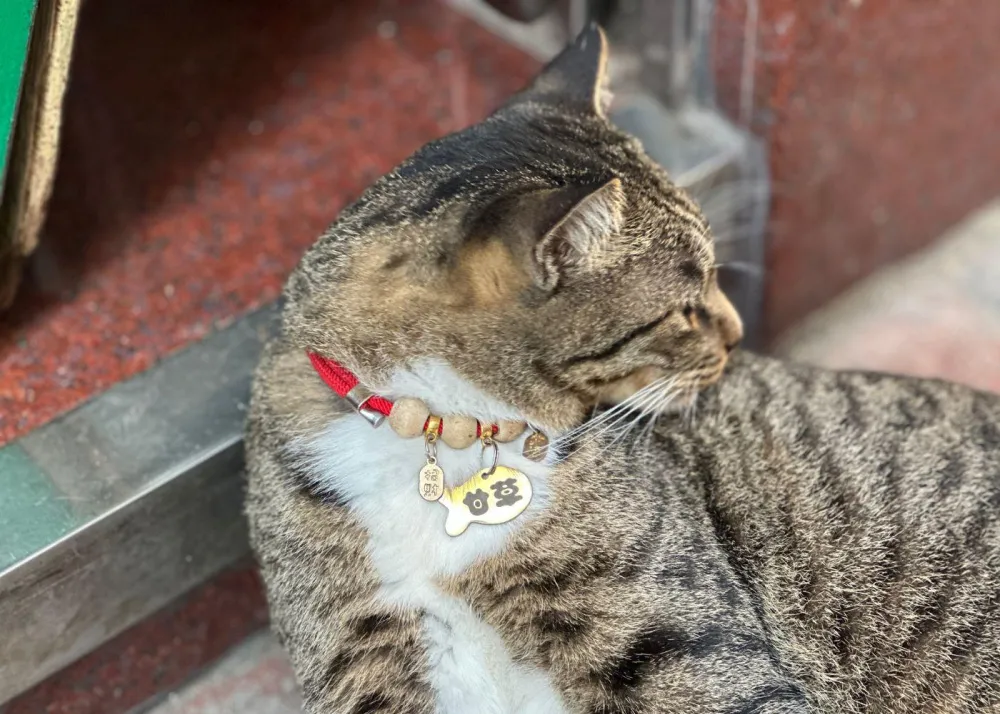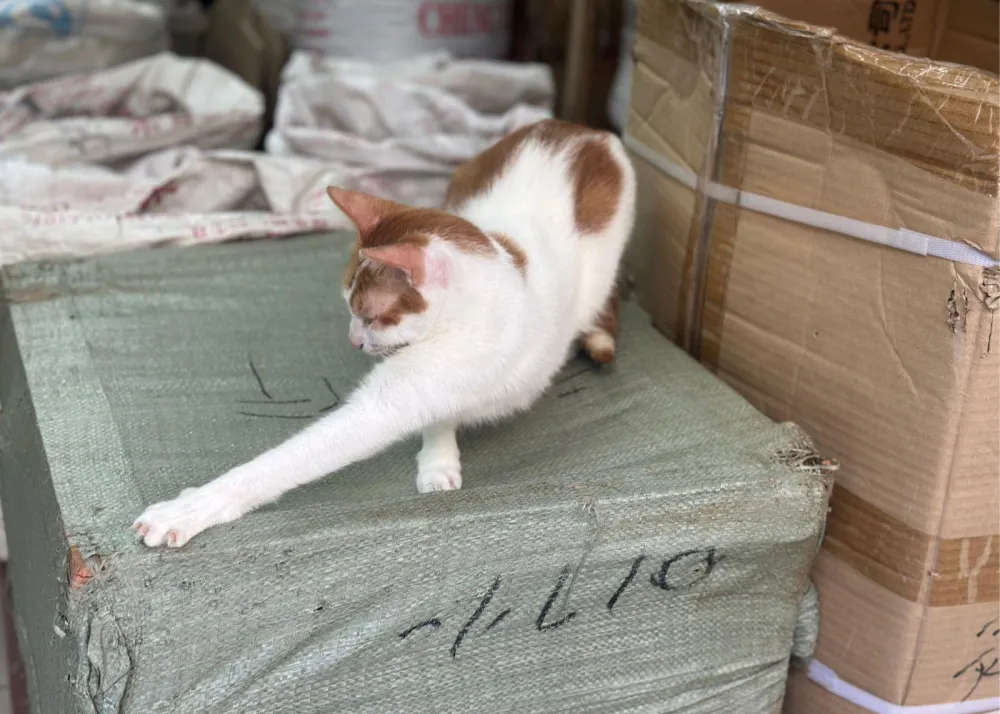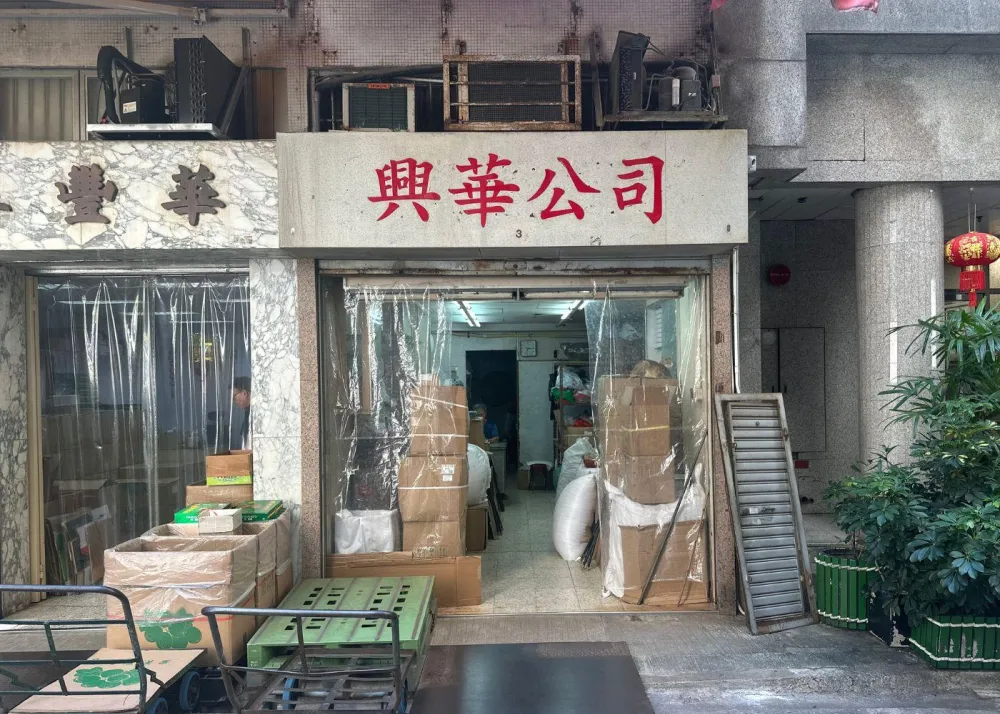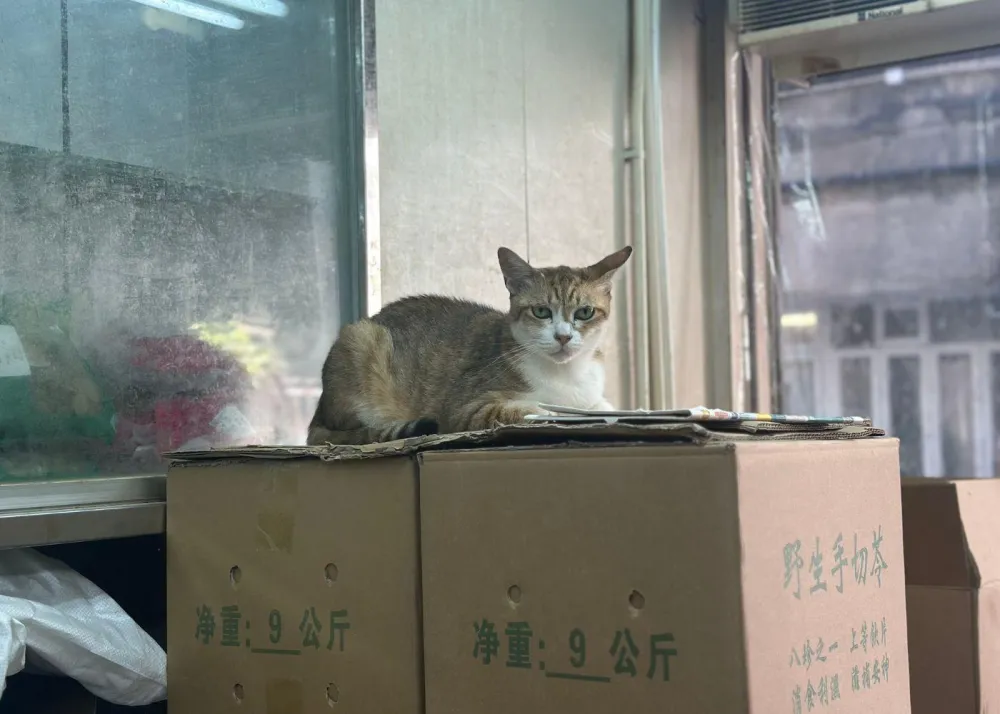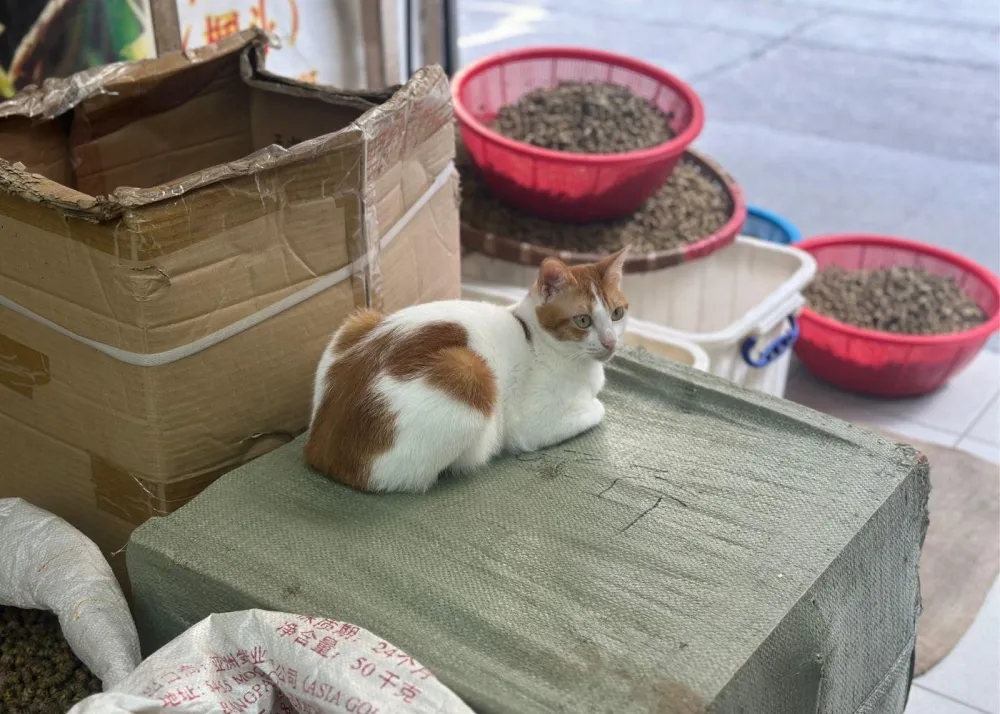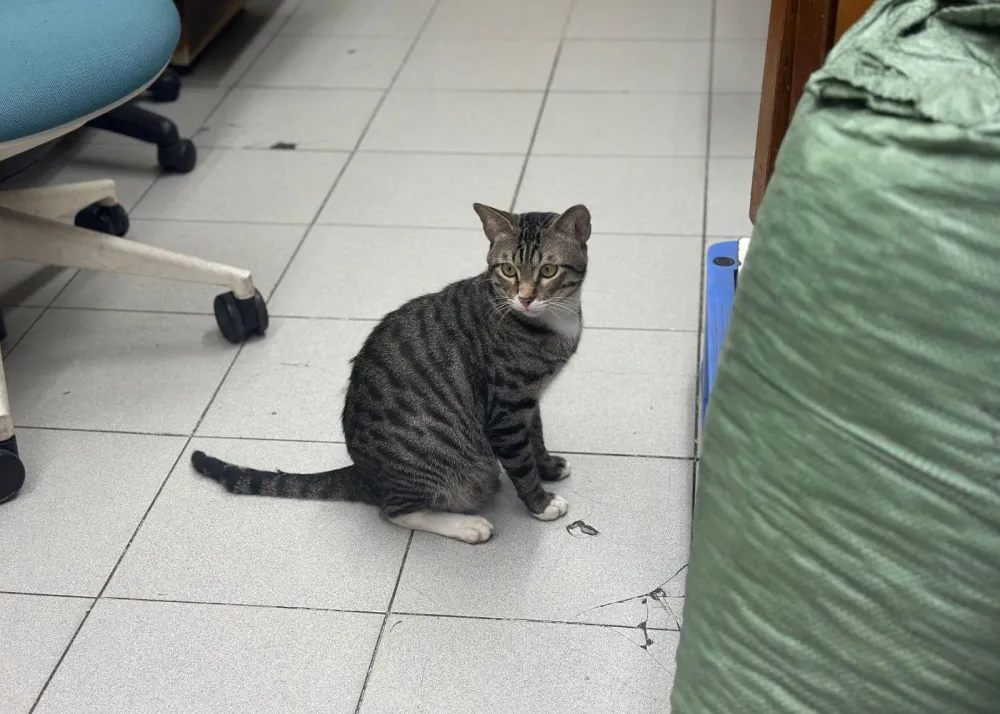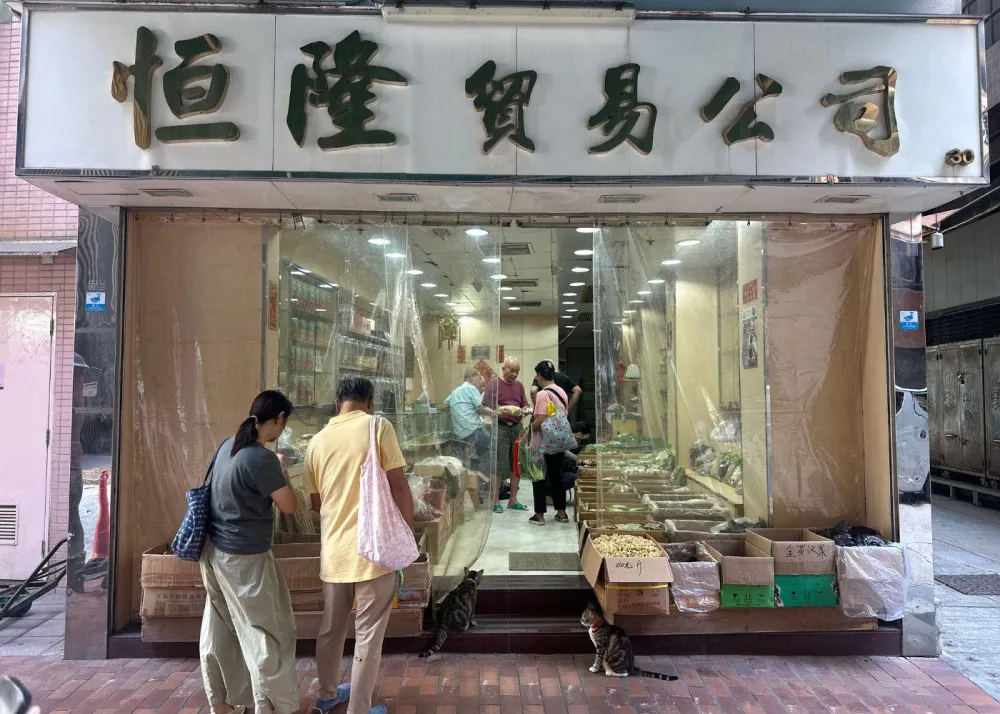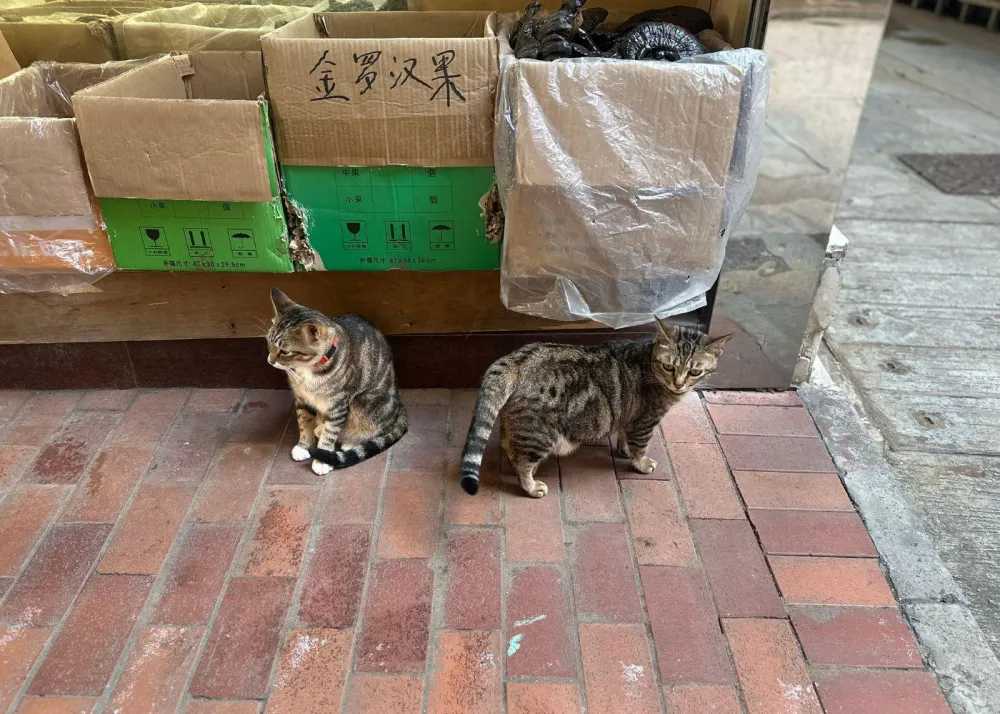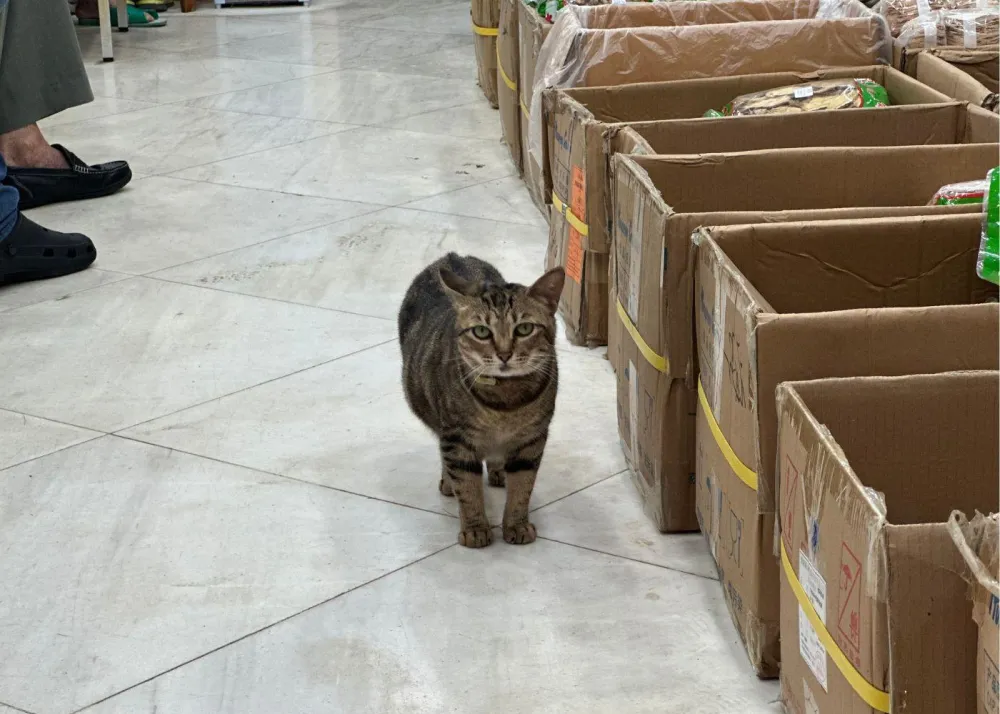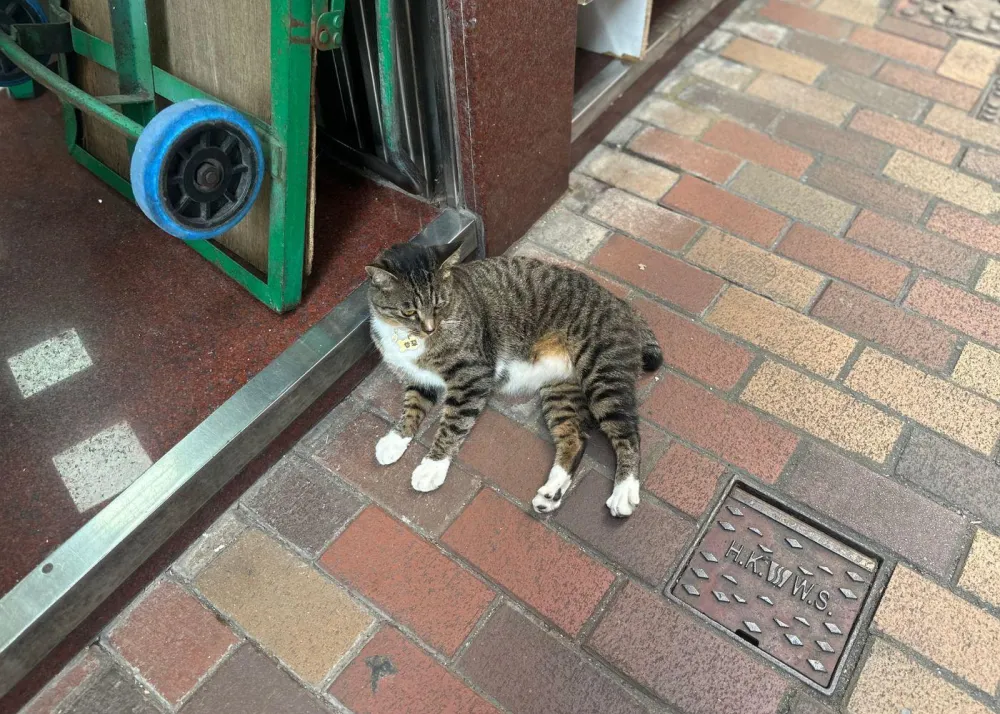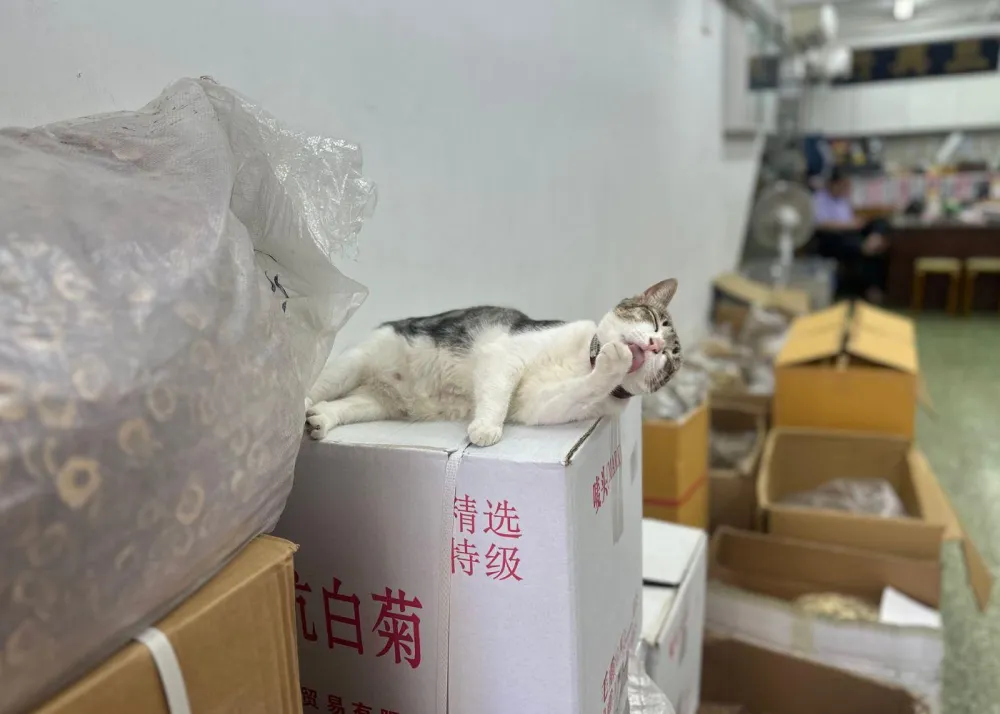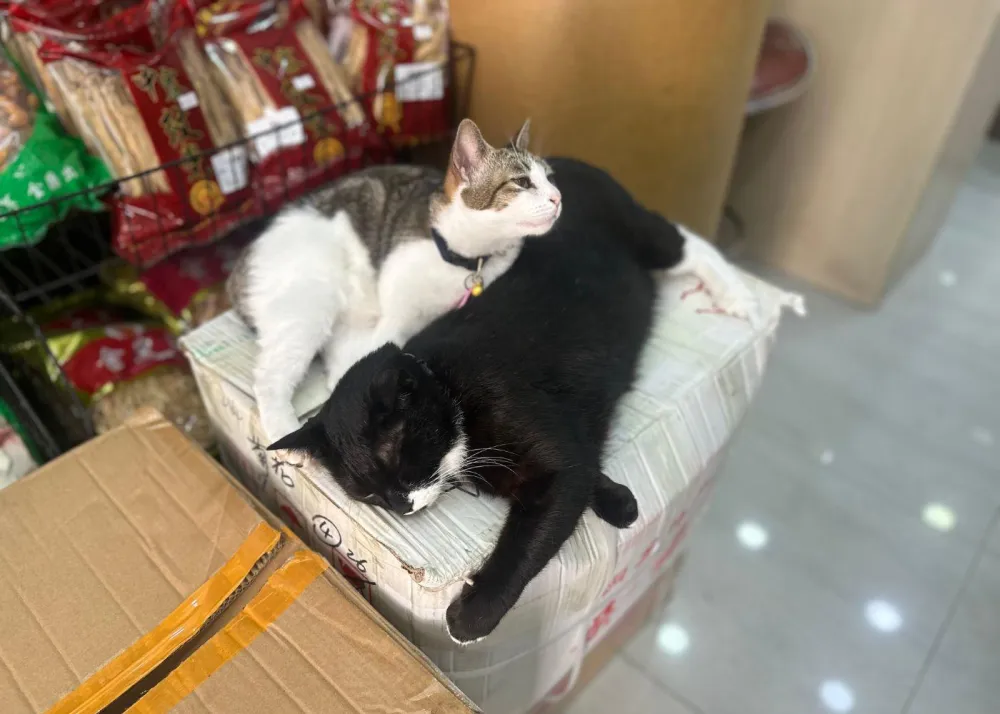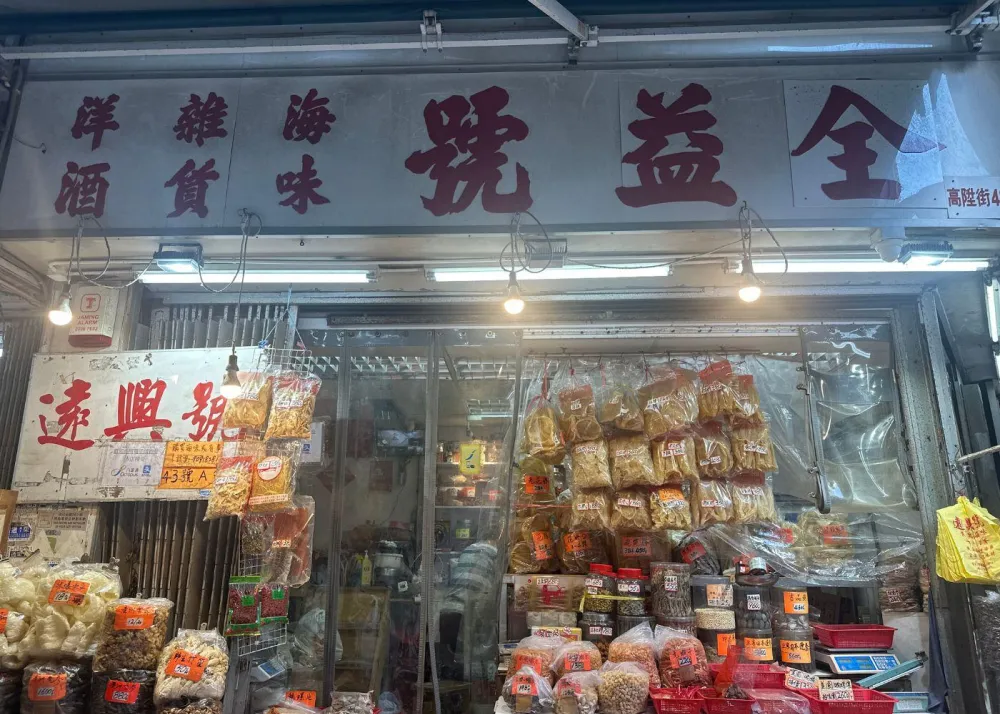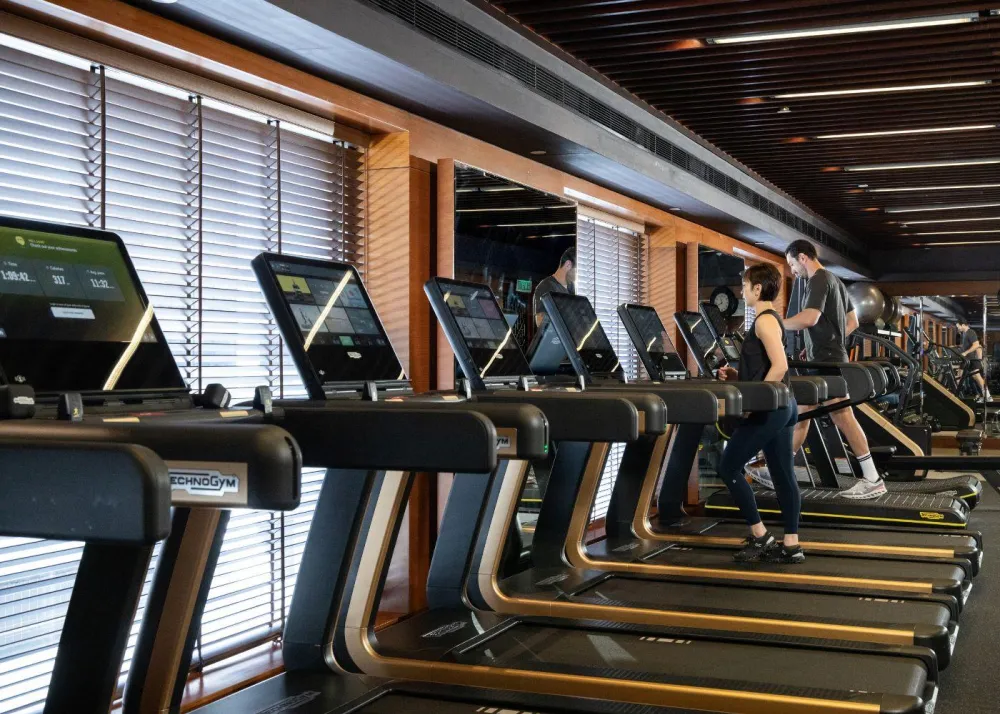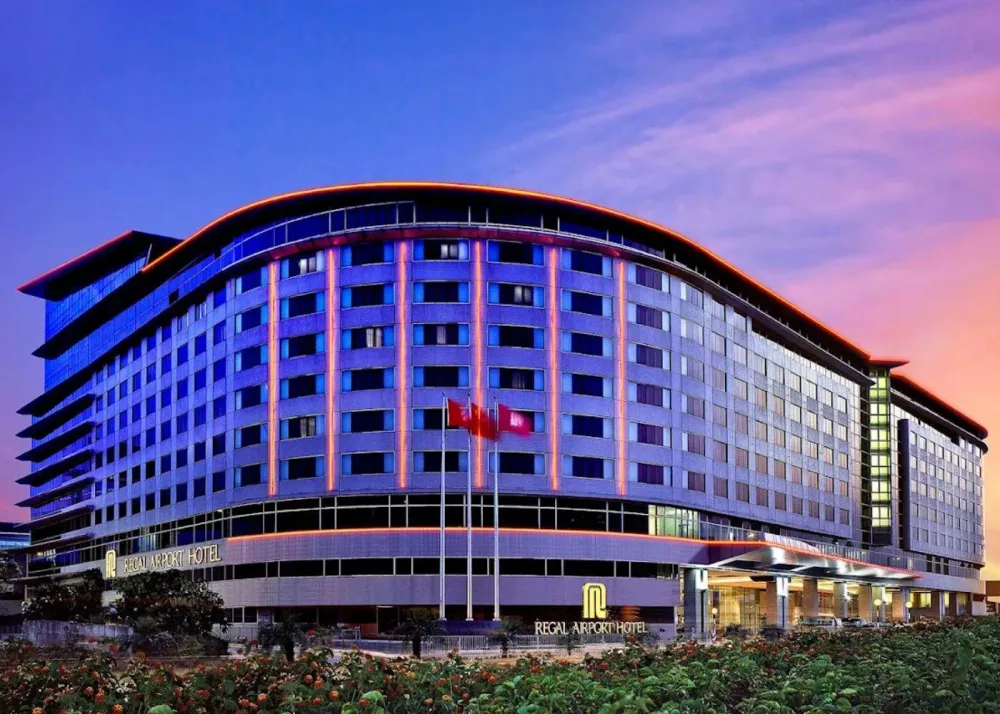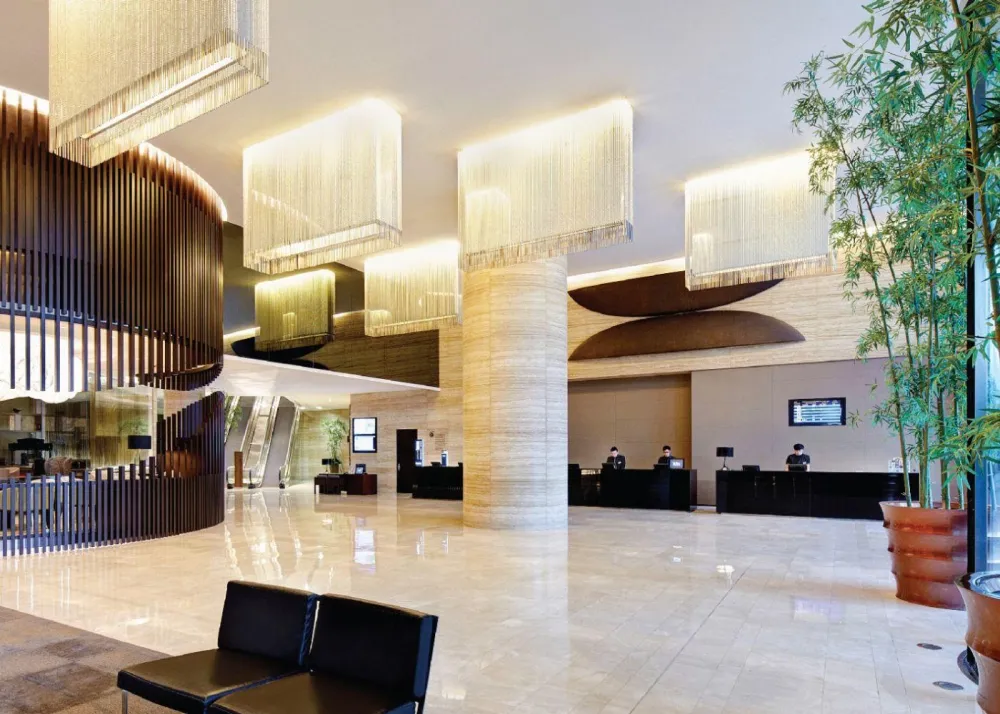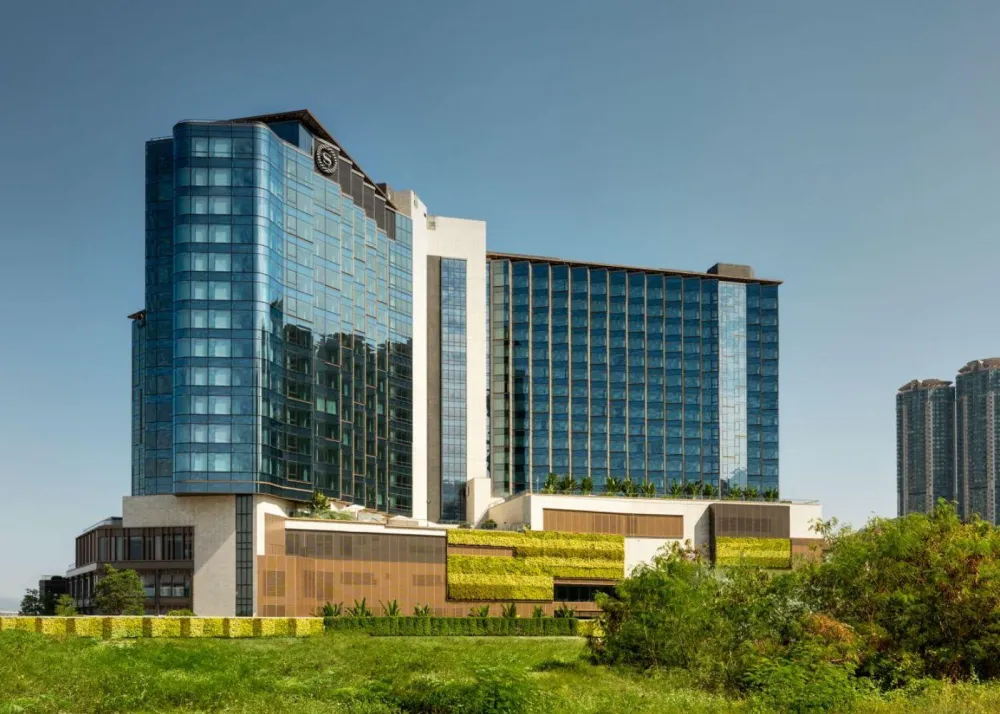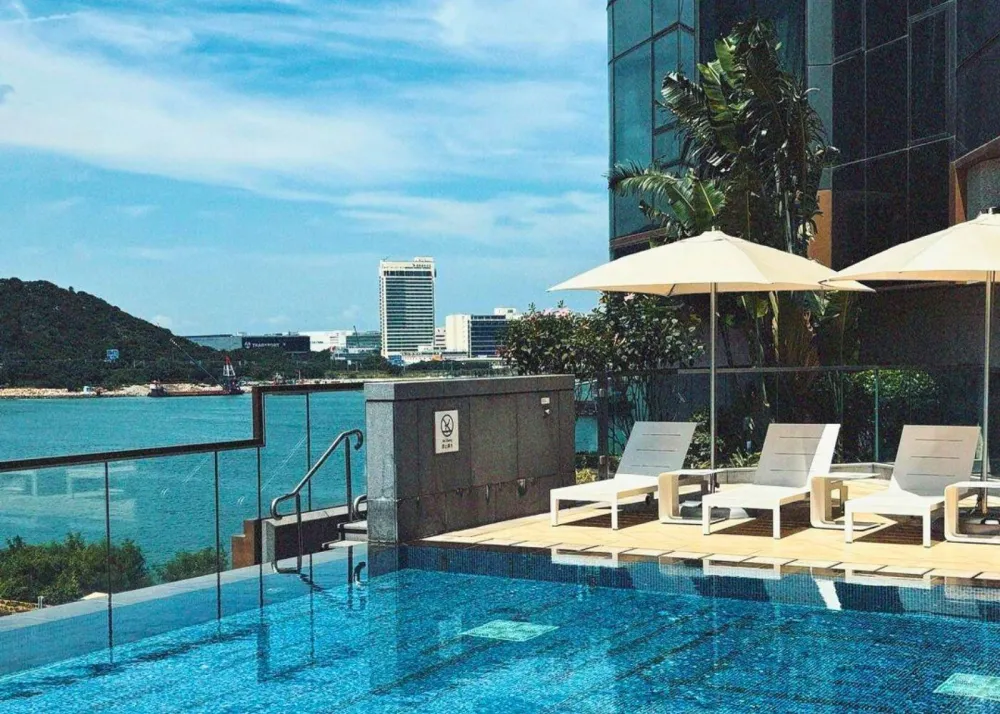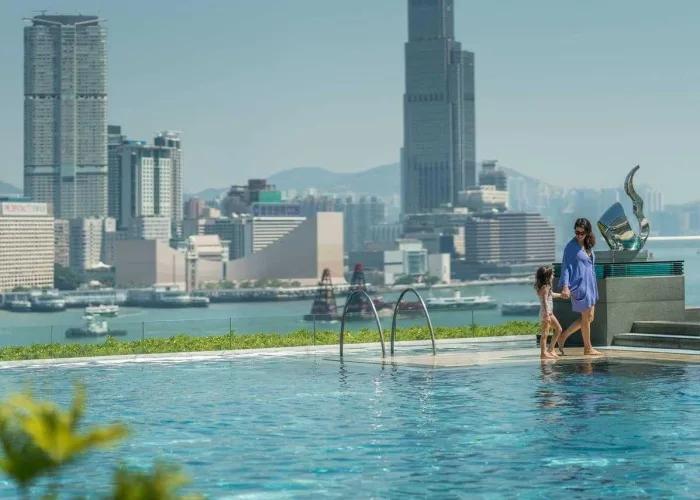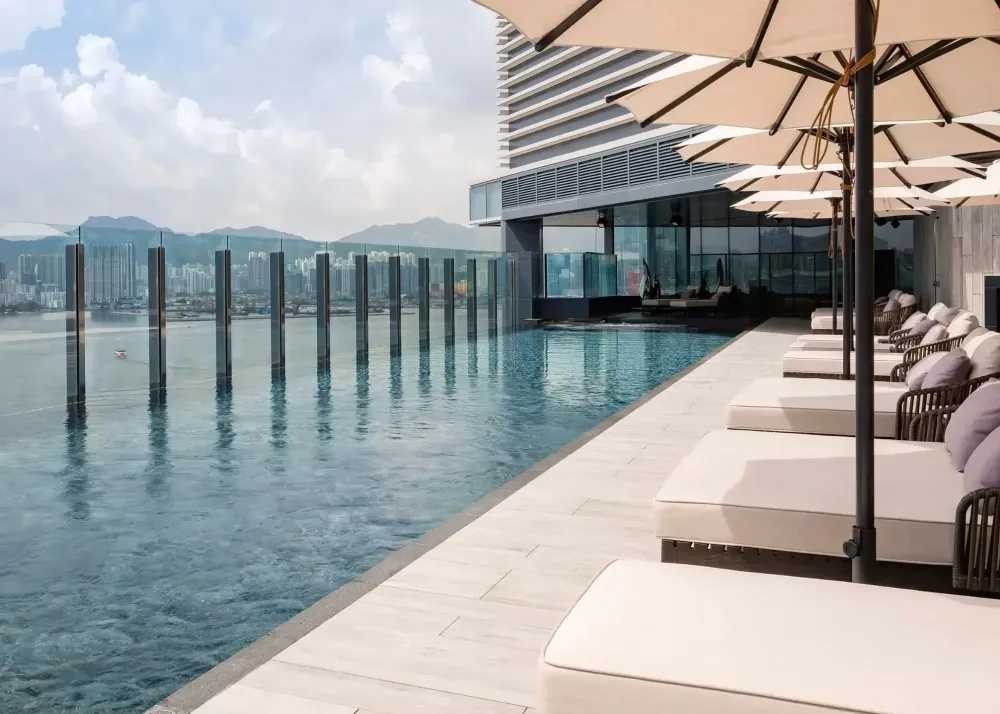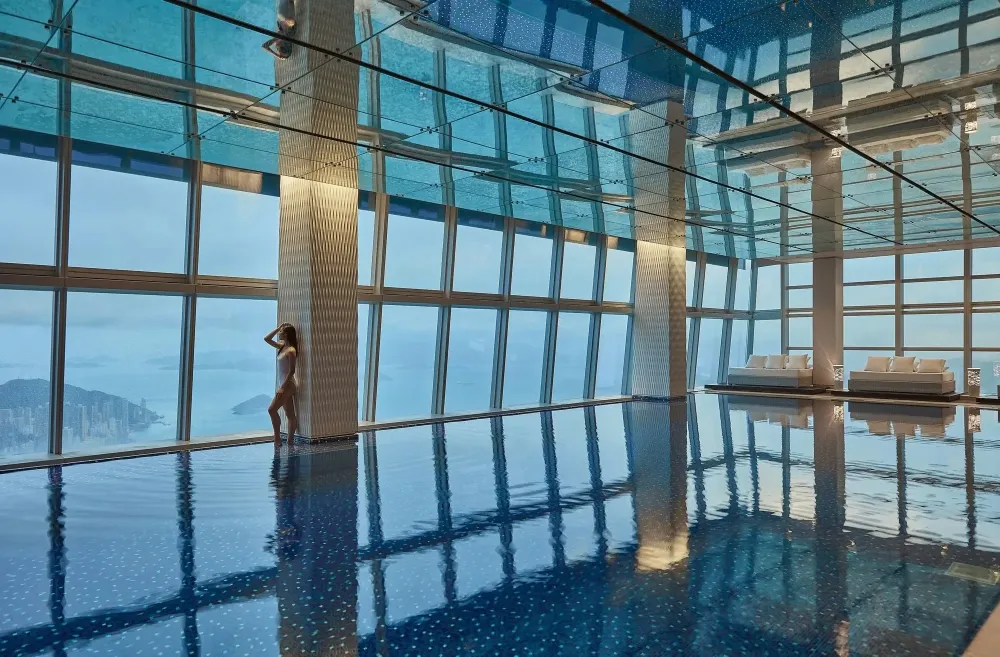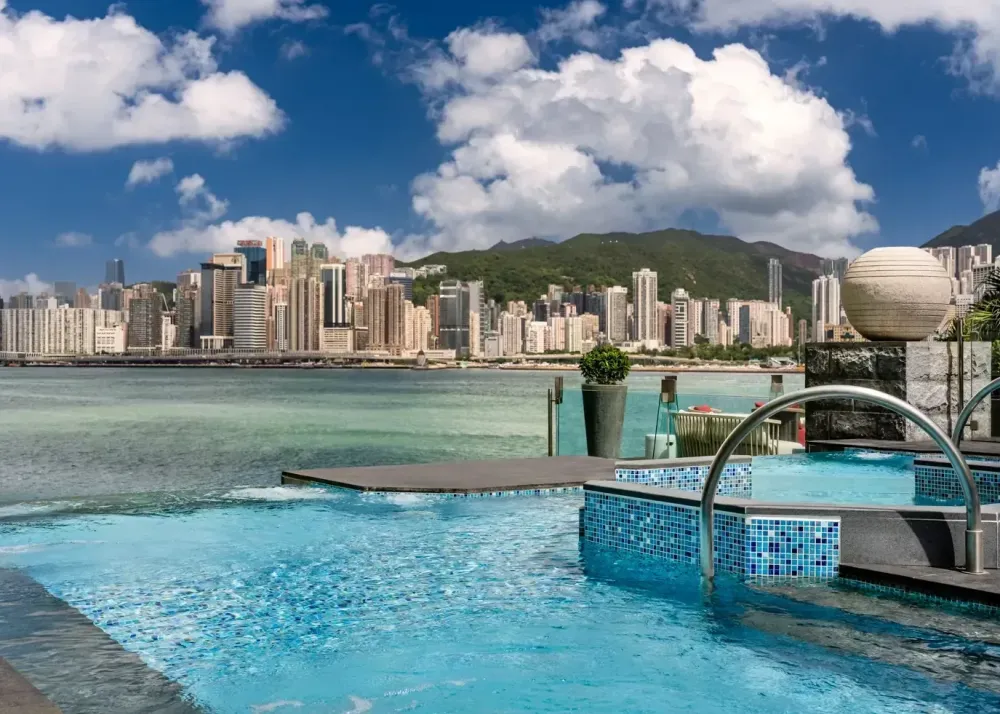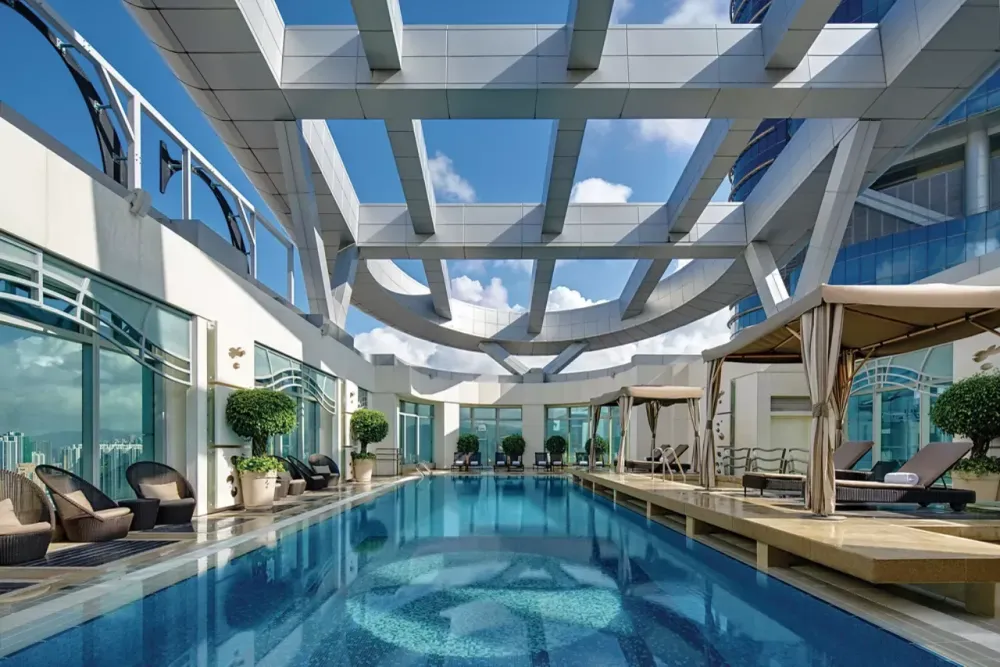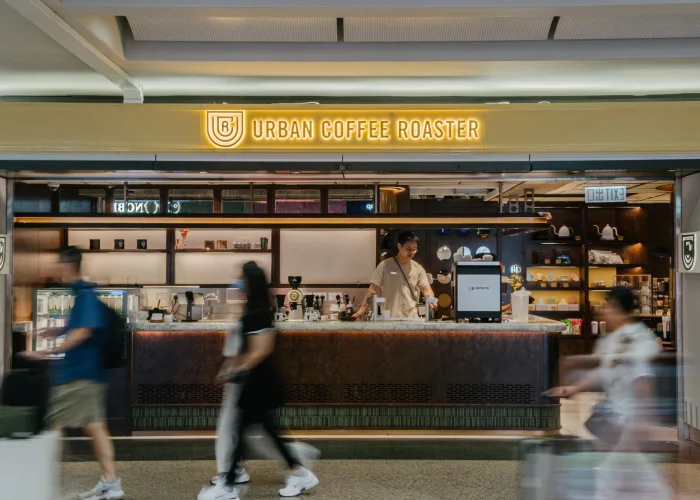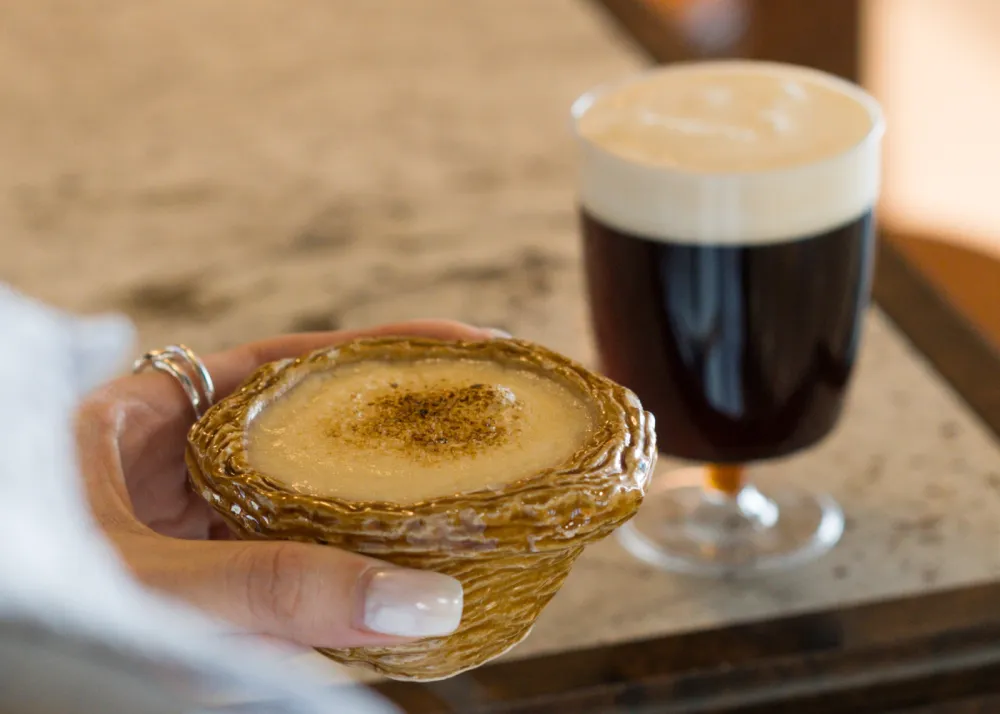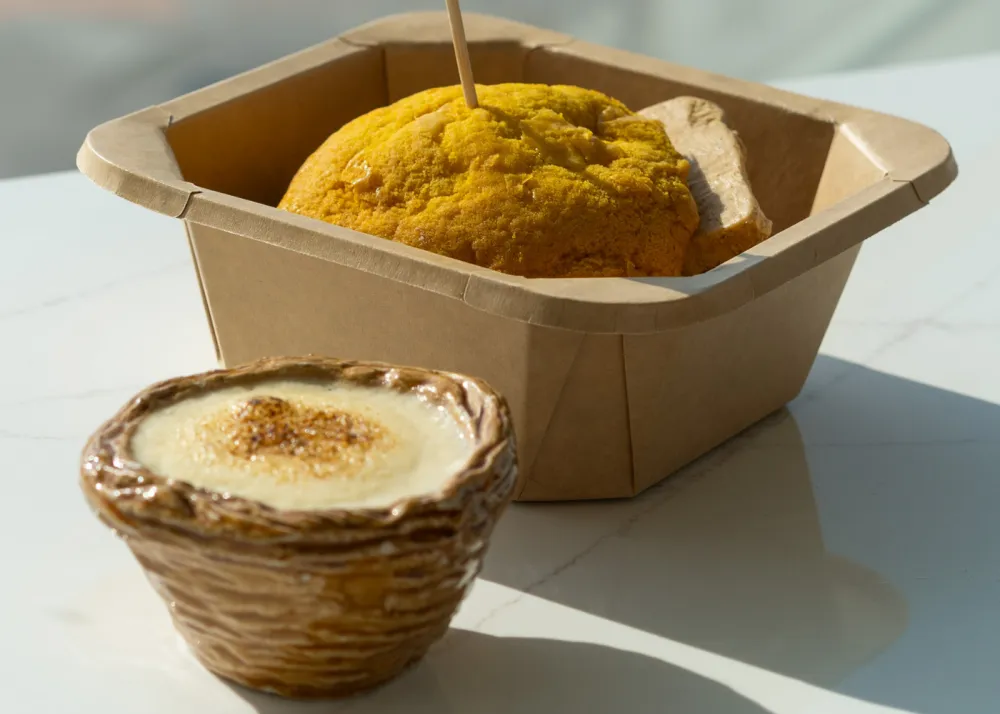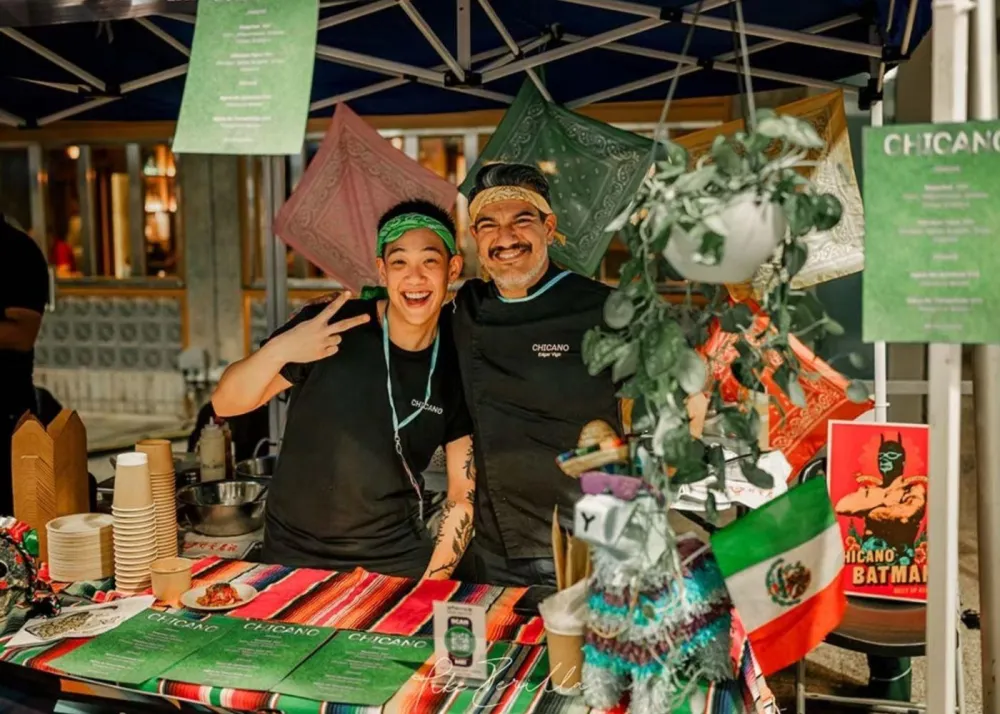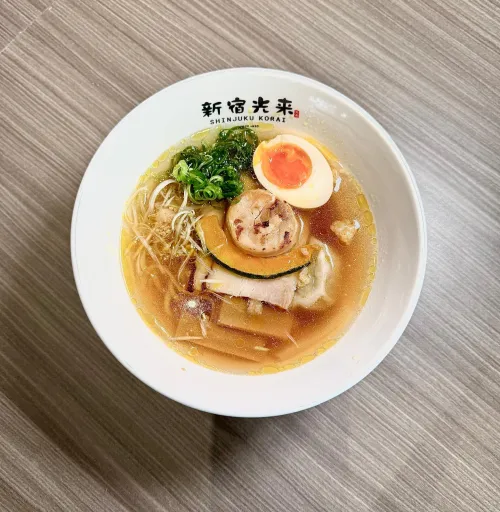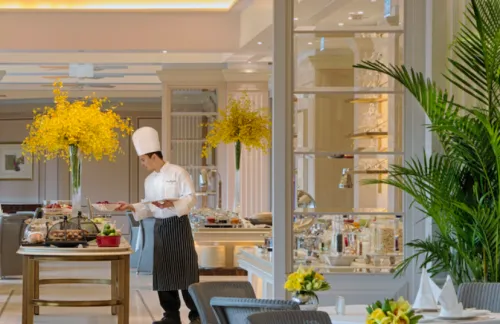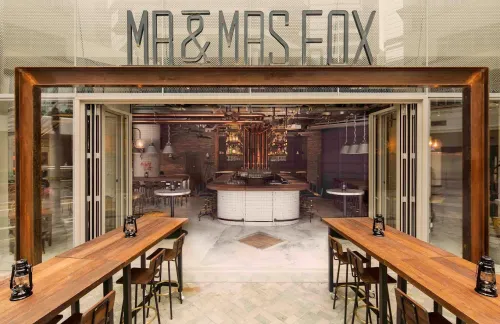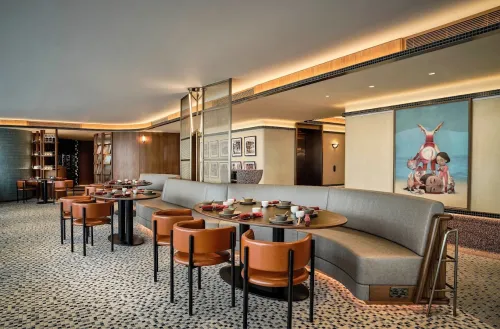8 Hong Kong Places to Visit in Hungry Ghost Month (If You Dare… or Don’t)

Every seventh lunar month, Hong Kong enters a spiritually charged season known as Hungry Ghost Month — a time when the gates of the underworld are believed to open, allowing spirits to roam freely among the living. In 2025, Ghost Month runs from August 23 to September 21, with the Hungry Ghost Festival falling on September 6 — the 15th day of the lunar month.
Rooted in Taoist and Buddhist traditions dating back over 2,000 years, the festival is a moment of deep cultural reflection. Families honor their ancestors and appease wandering souls with offerings of incense, food, and elaborate paper effigies like money, luxury handbags, smartphones, and even mansions — all burned to send comfort to the afterlife.

In Hong Kong, the Chiu Chow (潮州) community has played a vital role in preserving these rituals, especially through Yu Lan Festivals held across the city, turning the festival into a vibrant affair. These events feature traditional opera, towering paper effigies, and street-side offerings.
Meanwhile, the Hungry Ghost Month comes with a long list of taboos, and here’s a few:
- Don’t swim in open waters — water spirits are said to lurk.
- Don’t whistle or sing at night — it’s believed to attract ghosts.
- Don’t hang clothes outside overnight — spirits may “try them on.”
- Don’t step on joss paper or offerings — it’s deeply disrespectful.
- Don’t wear red or black — these colors are said to draw spirits in.
Despite the caution, some thrill-seekers and curious wanderers use Ghost Month as an excuse to explore Hong Kong’s haunted history. From abandoned villages to wartime mansions, the city is full of places with uncanny reputations and ghostly stories. If you’re not afraid of a little chill down your spine, and you’re respectful of the cultural weight this month carries, here are eight places to visit for an adventure.
But let’s be clear: we strongly advise against visiting most of these sites at night, alone, or without permission because Ghost Month is not just spooky, it’s sacred.
Dragon Lodge, The Peak
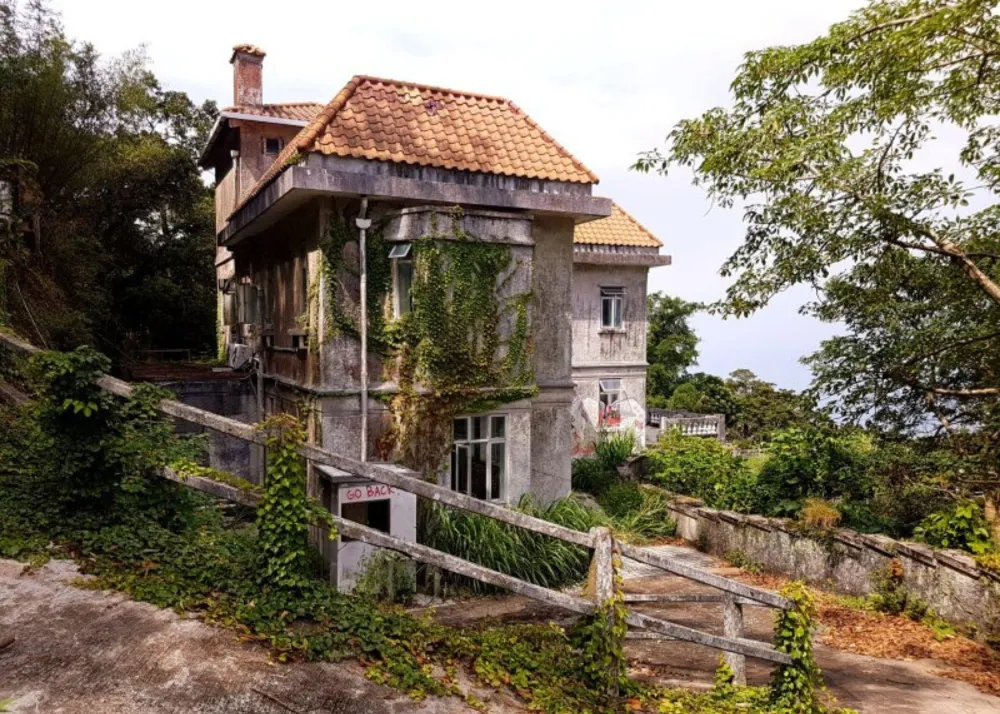
Once a grand mansion built in the 1920s, Dragon Lodge has long stood empty despite its prime location. Rumors swirl of wartime atrocities, including the alleged decapitation of Catholic nuns by Japanese soldiers during WWII, and ghostly cries of children echoing through its halls. A construction crew reportedly abandoned renovations after experiencing unexplained phenomena. But it's worth noting It’s private property.
Location: Dragon Lodge 32 Lugard Road, The Peak
Tat Tak School, Yuen Long
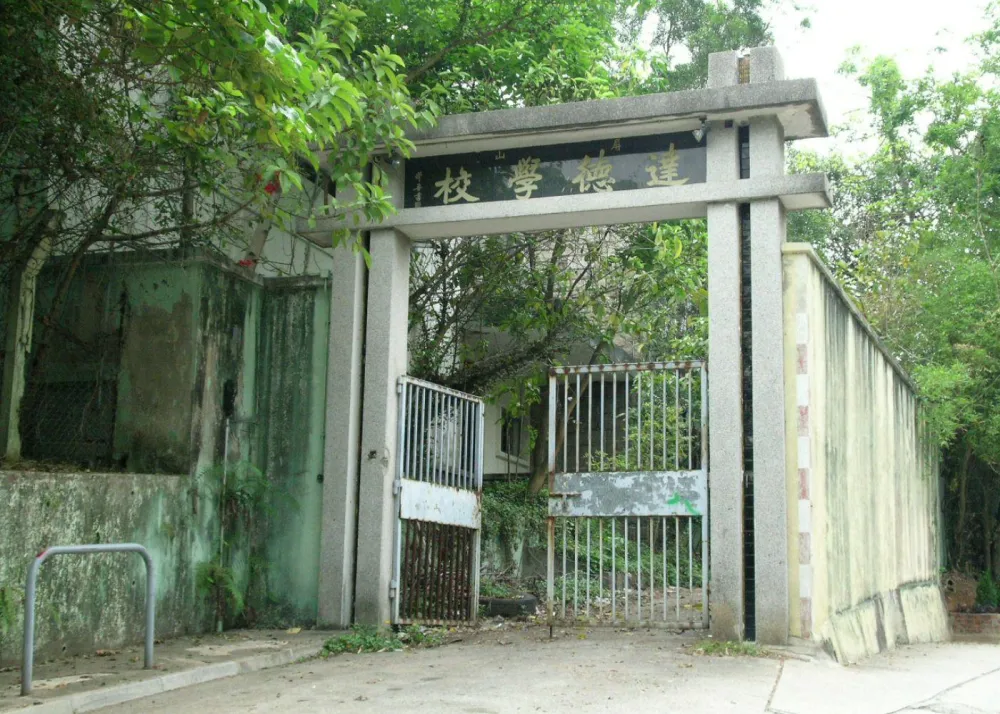
This abandoned primary school since 1998 is infamous for sightings of a woman in red — said to be the ghost of a headmistress who died tragically on-site.
Tat Tak School in Yuen Long is surrounded by graves and rumored to be built on a mass burial site from the 1899 Six-Day War and WWII. In July 2025, the site made headlines when a man was found dead after committing suicide on the premises, adding unexplained phenomena and a heavy, oppressive energy to it.
Location: Tat Tak School, Ha Tsuen, Yuen Long
Nam Koo Terrace, Wan Chai
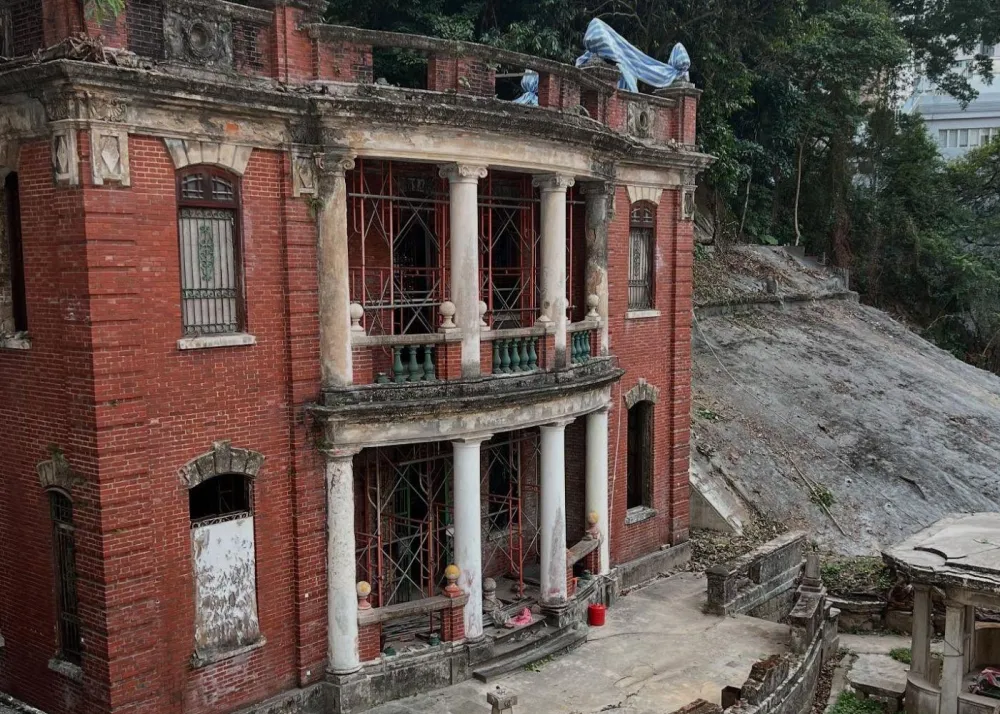
Built in the early 1900s by a Shanghainese merchant, this red-brick mansion was allegedly used as a “comfort house” by Japanese troops during the occupation. Tales of abuse and torture linger, and urban explorers have reported ghostly flames and women's voices echoing through the halls. In 2003, a group of teens claimed one of them was possessed after sneaking in.
Location: Nam Koo Terrace, 55 Ship Street, Wan Chai
Bride’s Pool, Tai Po
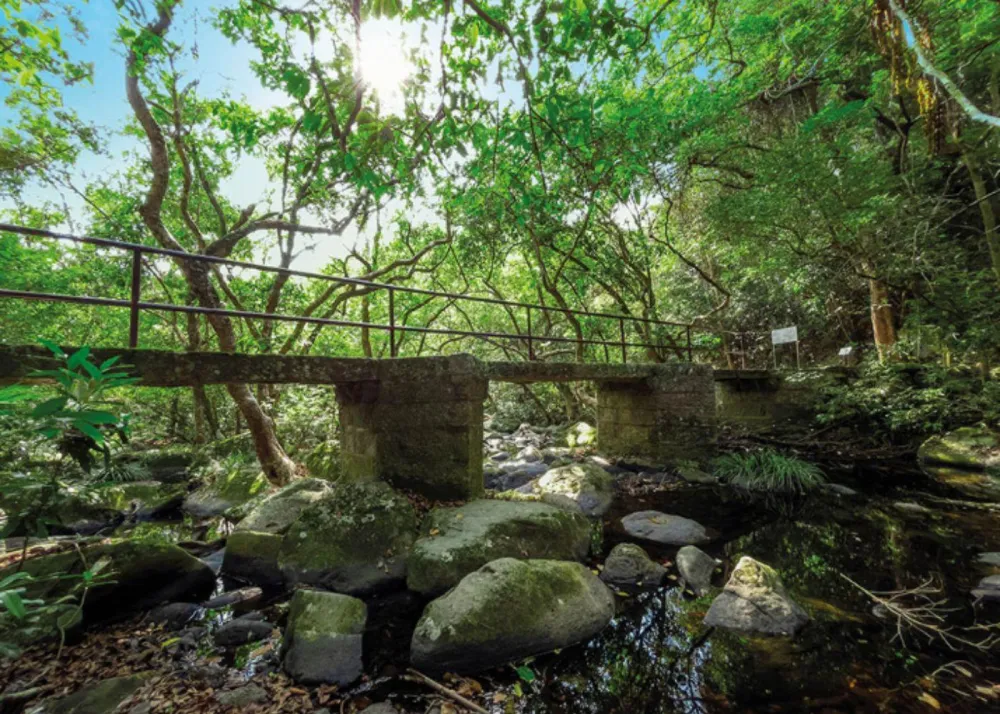
This scenic waterfall hides a tragic legend: a bride en route to her wedding fell into the pool when her sedan chair bearers slipped. Her body was never found, and her spirit is said to haunt the waters. Hikers have reported seeing a woman in red brushing her hair by the pool’s edge — only to vanish into mist.
Location: Bride’s Pool, Plover Cove Country Park, near Tai Mei Tuk, Tai Po
Sai Ying Pun Community Complex (Old Mental Hospital, High Street Ghost House)

Originally Hong Kong’s largest mental hospital, this colonial building was later rumored to be used by Japanese forces as an execution site during WWII. Locals believe the spirits of tortured patients and wartime victims still linger. The building sat abandoned for decades before being converted into a community center.
Location: Sai Ying Pun Community Complex, 2 High Street, Sai Ying Pun
So Lo Pun Village, New Territories
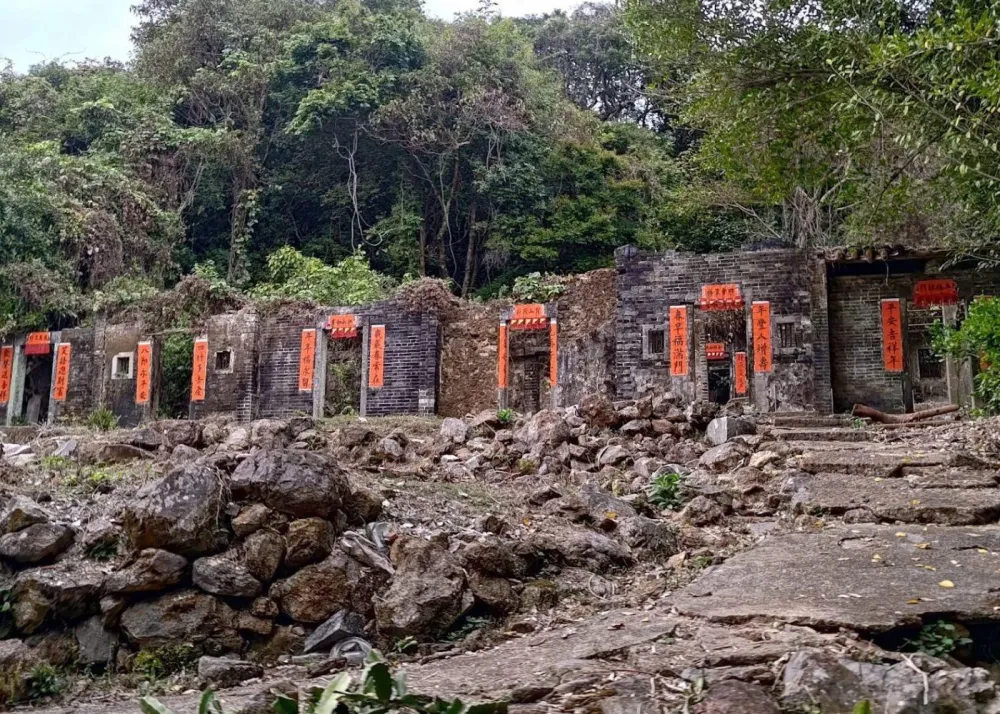
This abandoned Hakka village is known for eerie silence and zero mobile signal. So Lo Pun means “locked compass,” stemming from tales that hikers’ compasses stop working upon entry. Legends speak of villagers vanishing after a boat accident, and some visitors report ghost sightings and sudden illness.
Location: So Lo Pun Village, Plover Cove Country Park, northeast New Territories
Campsites Across Hong Kong

Ghost Month superstition keeps most campers away — meaning you’ll have nature all to yourself.
But here’s the catch: many locals avoid forests and mountains at night during this time, believing they’re hotspots for wandering spirits. If you do go, stick to daylight hours and avoid solo trips. Some of the most popular campsites are Pui O Campsite (Lantau), Pak Tam Chung (Sai Kung), and Nam Shan Campsite (Lantau).
Local Yu Lan Festivals (盂蘭勝會) in Your Area
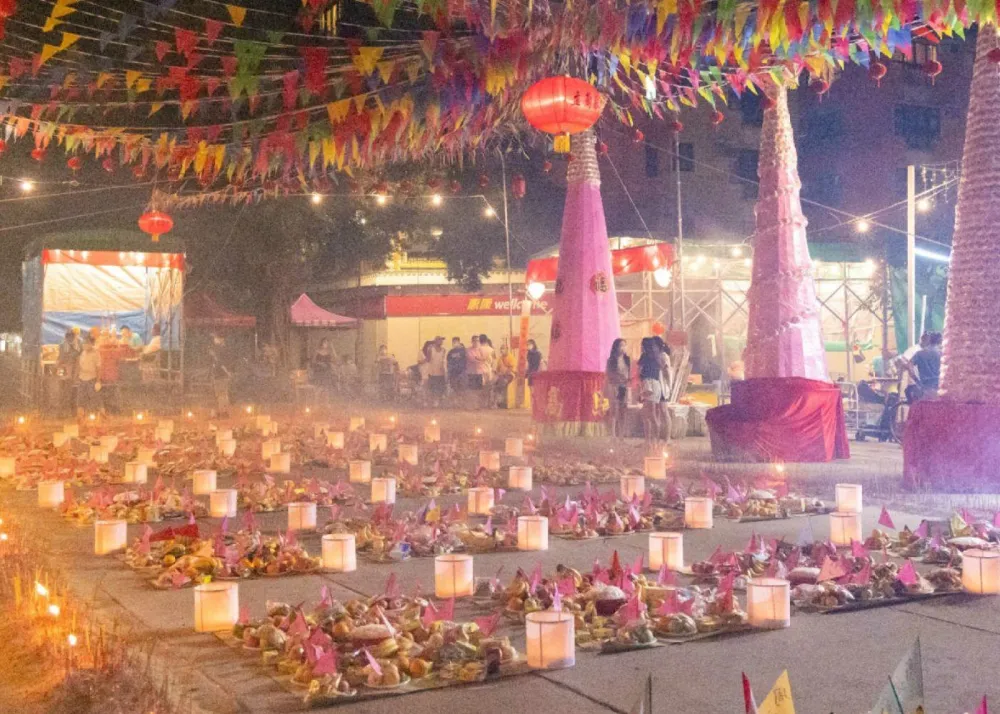
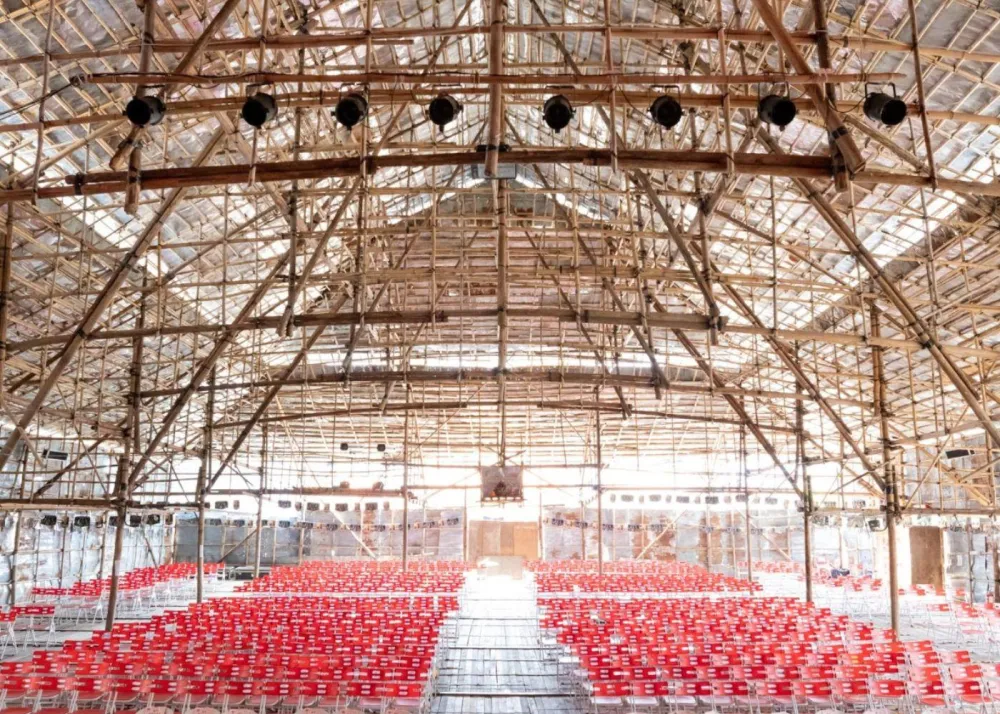
Happening across the city, Yu Lan Festivals are community-led rituals held across Hong Kong during Hungry Ghost Month, especially by the Chiu Chow population. These events have been passed down for generations, dating back to 1897 when the first was held by the Chiu Chow Kung Wo Tong in Causeway Bay.
The festival honors ancestors and appeases wandering spirits through offerings, prayers, and performances. One origin story comes from the Buddhist tale of Maudgalyayana, a monk who saved his mother’s soul from hell.
The most iconic part of Yu Lan Festivals is the bamboo opera stages. These temporary structures host traditional Chiu Chow opera performances, often dramatizing mythological tales or moral parables. But here’s the twist: the front row is left empty — intentionally reserved for the spirits. Sitting there is considered disrespectful, even dangerous, as it’s believed to invite unwanted spiritual attention.
Beyond opera, you’ll find towering paper effigies of the Ghost King — a fierce, four-meter-tall figure with green skin and fangs, meant to keep order among the spirits. On the final night, the effigy is burned in a dramatic send-off ceremony, symbolically closing the gates of the underworld.
This part of Hungry Ghost Month is less about fear and more about reverence, storytelling, and community. If you’re curious about Hong Kong’s intangible heritage, Yu Lan Festivals are a rare chance to witness living tradition in action — just don’t sit where the spirits sit.
Get the latest curated content with The Beat Asia's newsletters. Sign up now for a weekly dose of the best stories, events, and deals delivered straight to your inbox. Don't miss out! Click here to subscribe.




